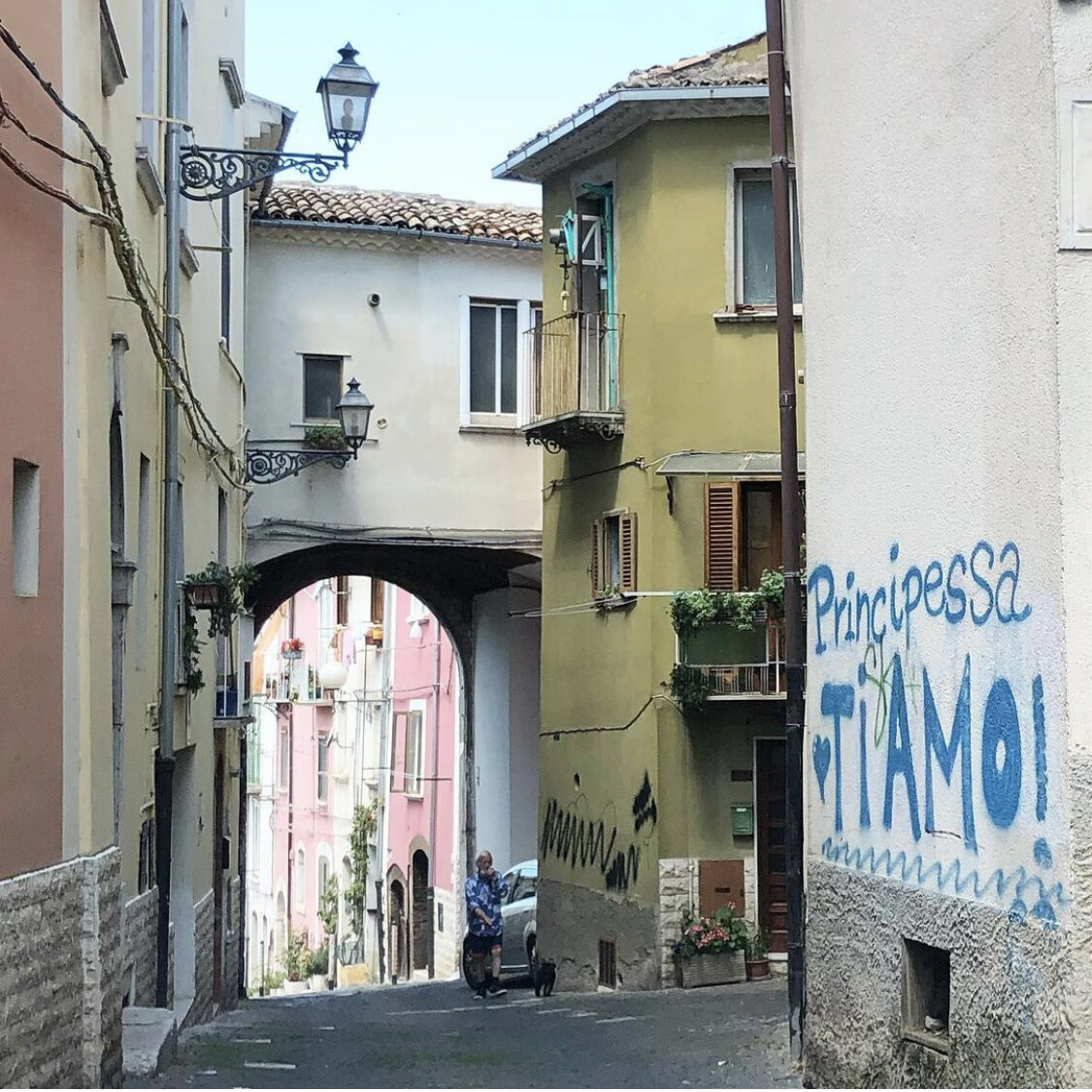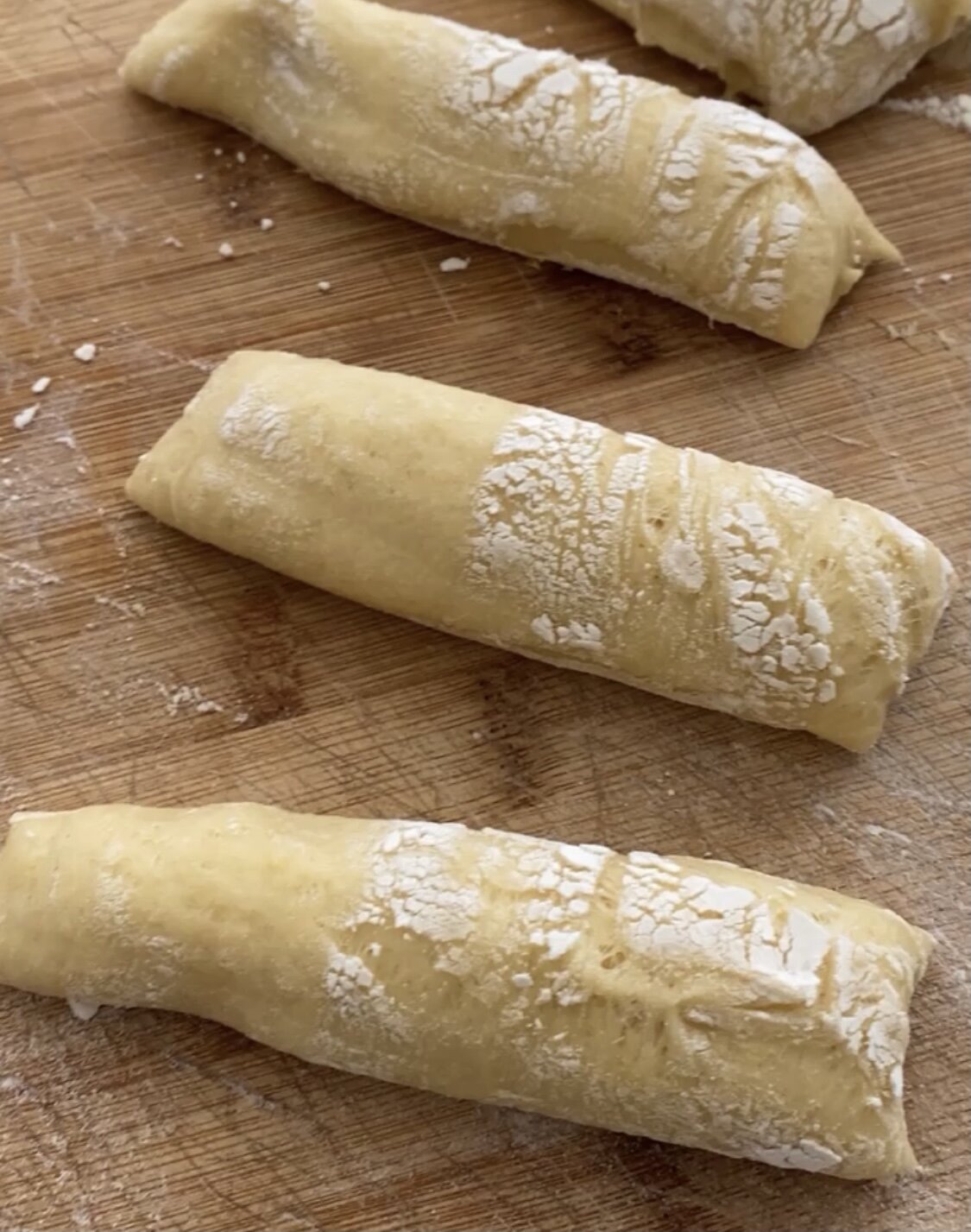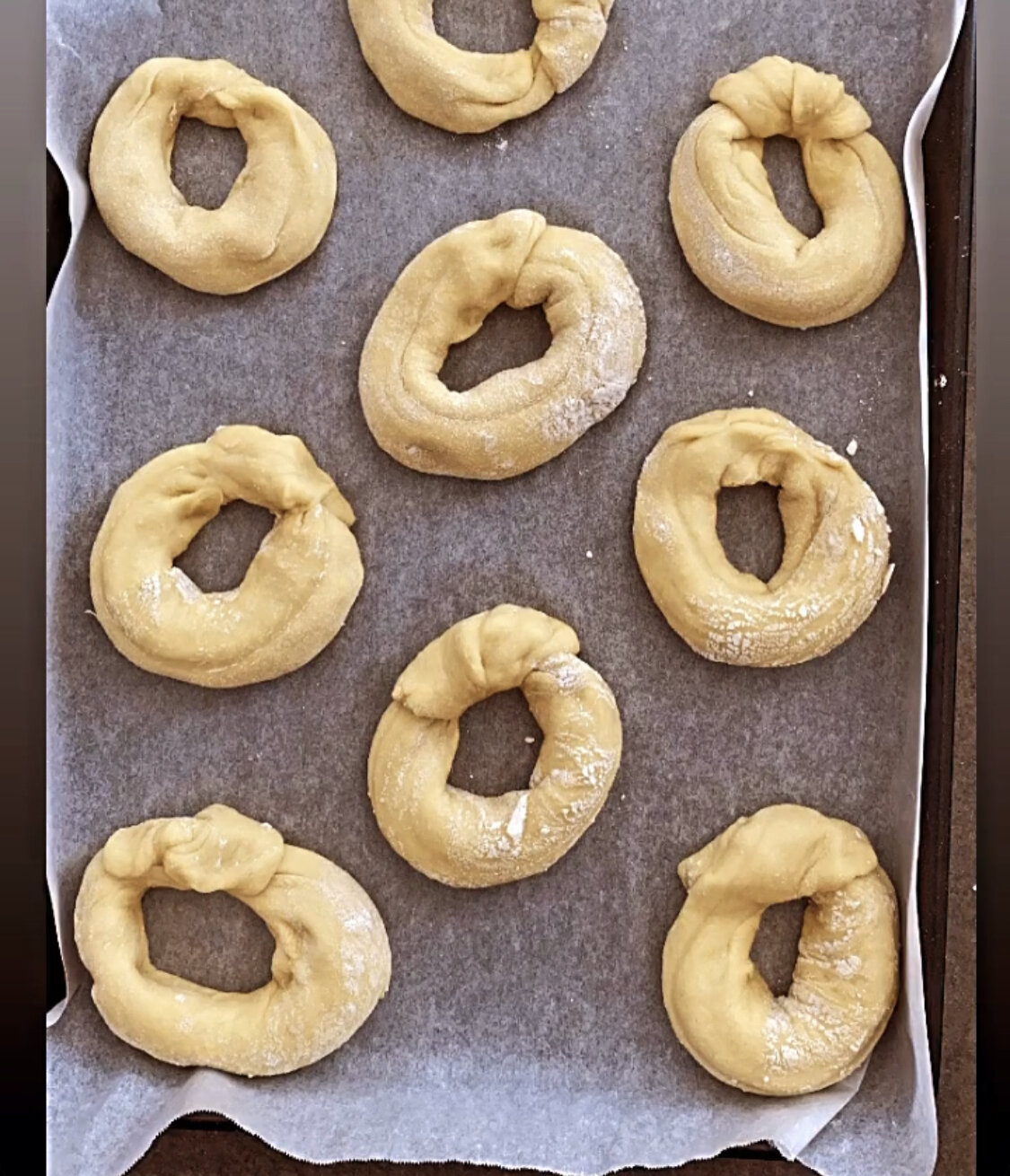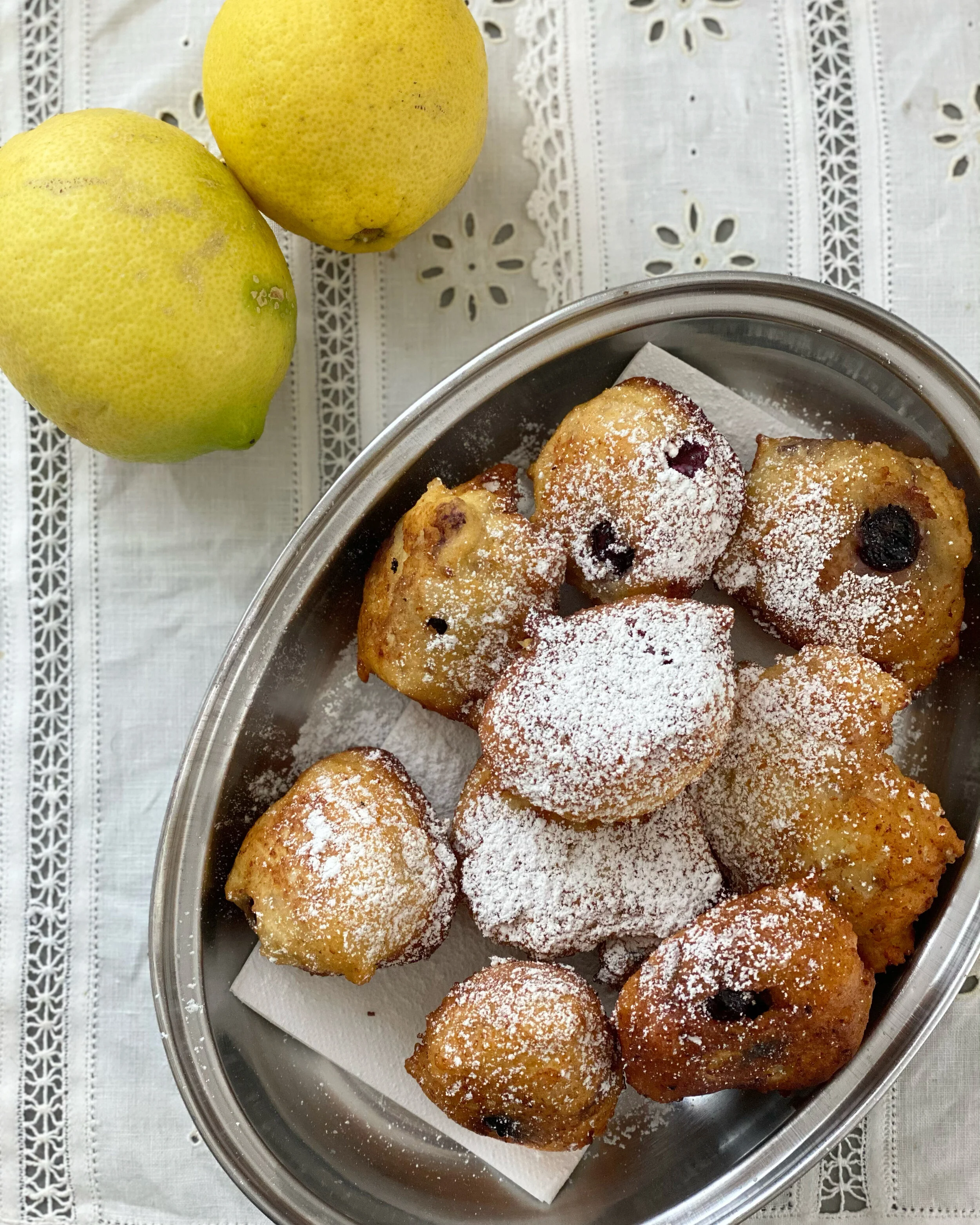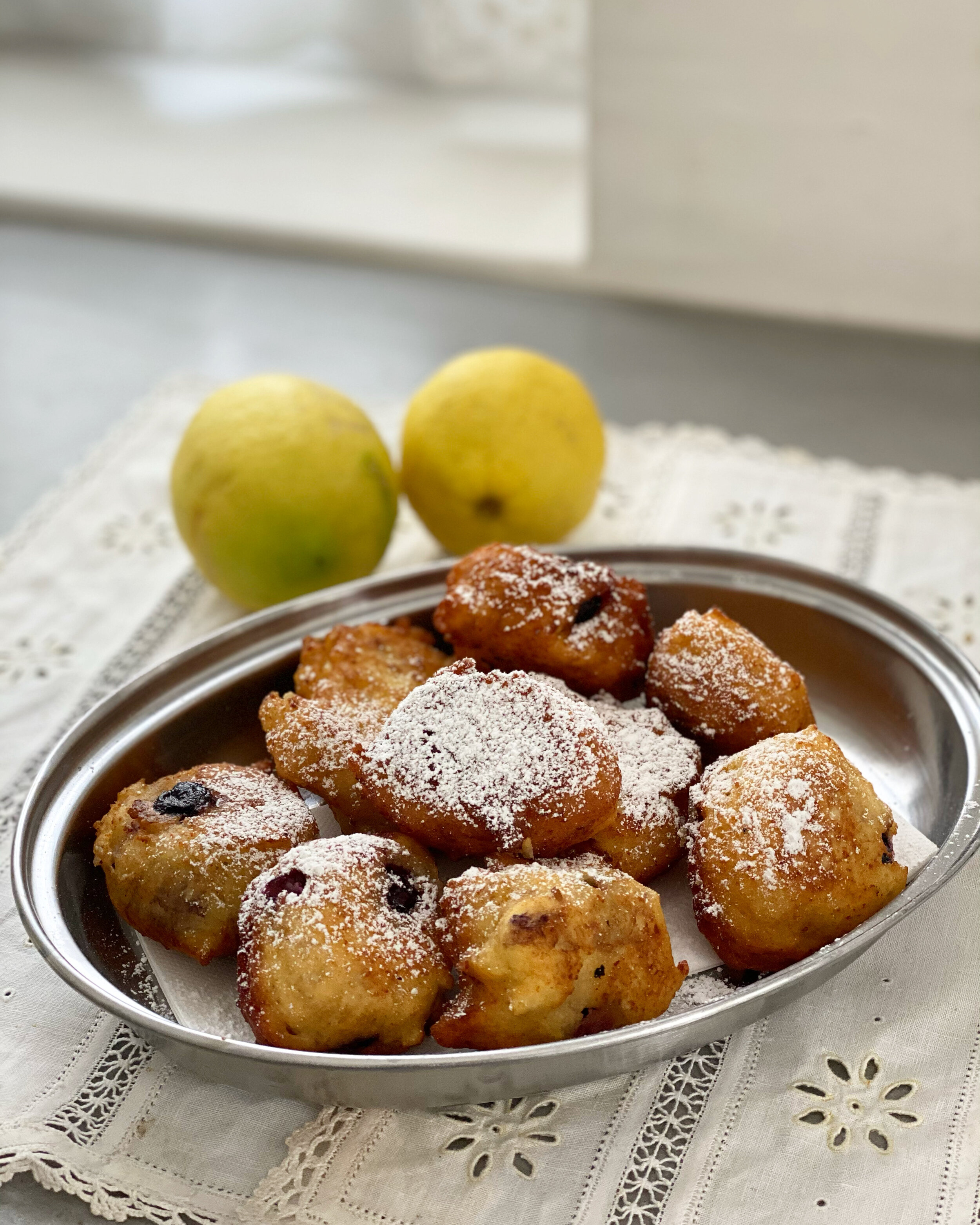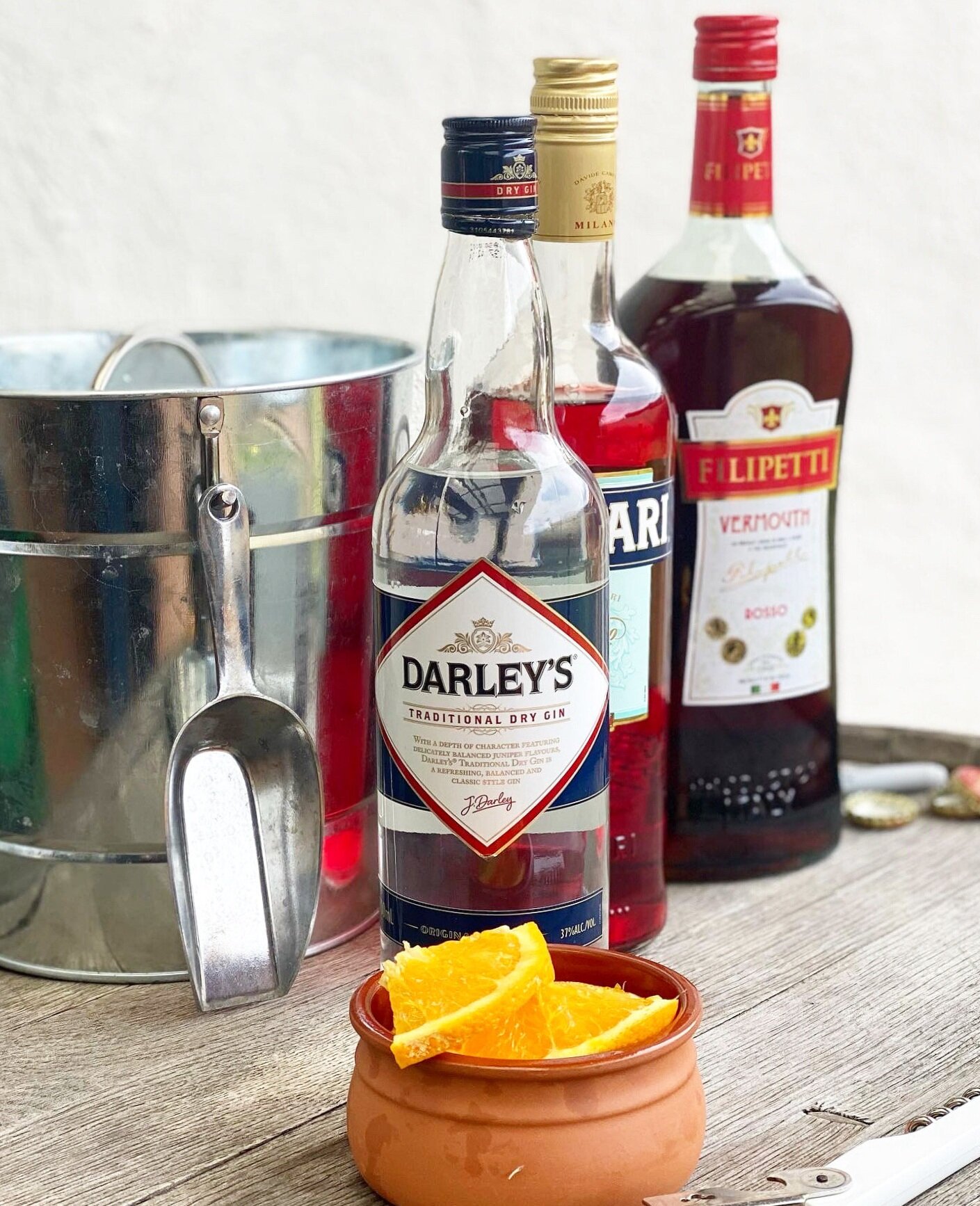1. BIS
Meaning ‘double’. Something you will hear a lot around the dining table! When someone wants seconds they’ll say :
‘Faccio il bis’ – I’ll have seconds.
‘Bis’ can also be used at a concert if concert goers want a repeat of a song they love. They will simply yell out ‘Bis, bis…..!’
2. LAPSUS
Used when you have a slip of the tongue…maybe saying something you shouldn’t have said! That’s called ‘avere un lapsus’
3. IDEM
Meaning ‘the same’. When someone says something you feel the same about you can simply say ‘idem’.
EG. Person 1 : Adoro andare a ballare! Person 2: Idem! (I love going dancing! Me too!)
4. DE GUSTIBUS NON DISPUTANDUM EST
Meaning "In matters of taste, there can be no disputes" and is used in Italian when in discussion with someone who likes something that you make not like.
EG Person 1 – Non mi piace il colore del vestito che hai comprato.
Person 2 - De gustibus non disputandum est
5. Gratis
Meaning ‘free’. You will see this word written and hear it often regarding events that may be free or have free entry. You may read something like ‘musei gratis’ if you are searching the web for free entry to museums. Or if you are want to say something like ‘do you get in for free?’ you would say ‘si entra gratis?’.
6. In Vino Veritas
‘In wine there is truth’ meaning when someone has has a little alcohol they are likely to speak more truthfully. This can be used if someone thinks maybe someone has said something they may not have said in a conversation without the odd glass of ‘vino’ or aperitivo.
7. Verba volant, scripta manent
Is a Latin proverb and literally translated, it means "spoken words fly away, written words remain". You could use this if you were having a bet with a friend and wanted to write it down just in case they forget .
8. Carpe Diem
Meaning ‘Sieze the day’. Not only used in Italian but it is one of the most famous Latin saying used by people all over the world! You can use it whenever you want to ‘enjoy the moment’.






